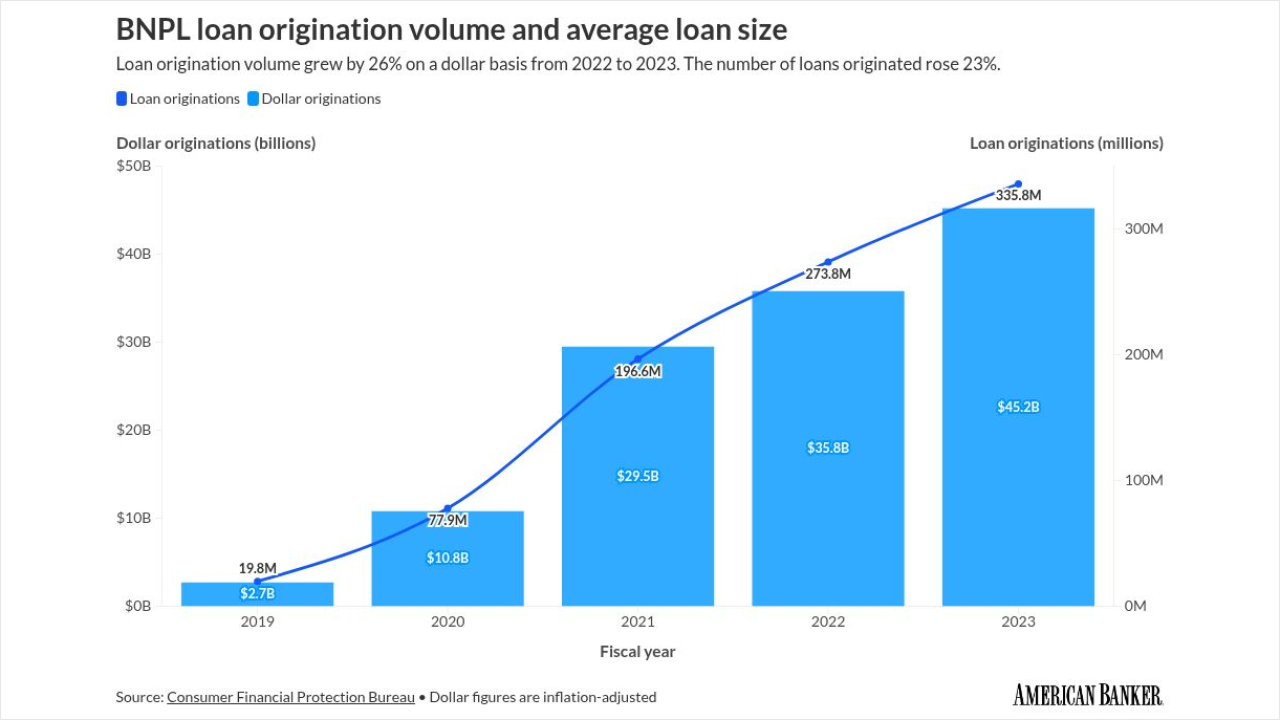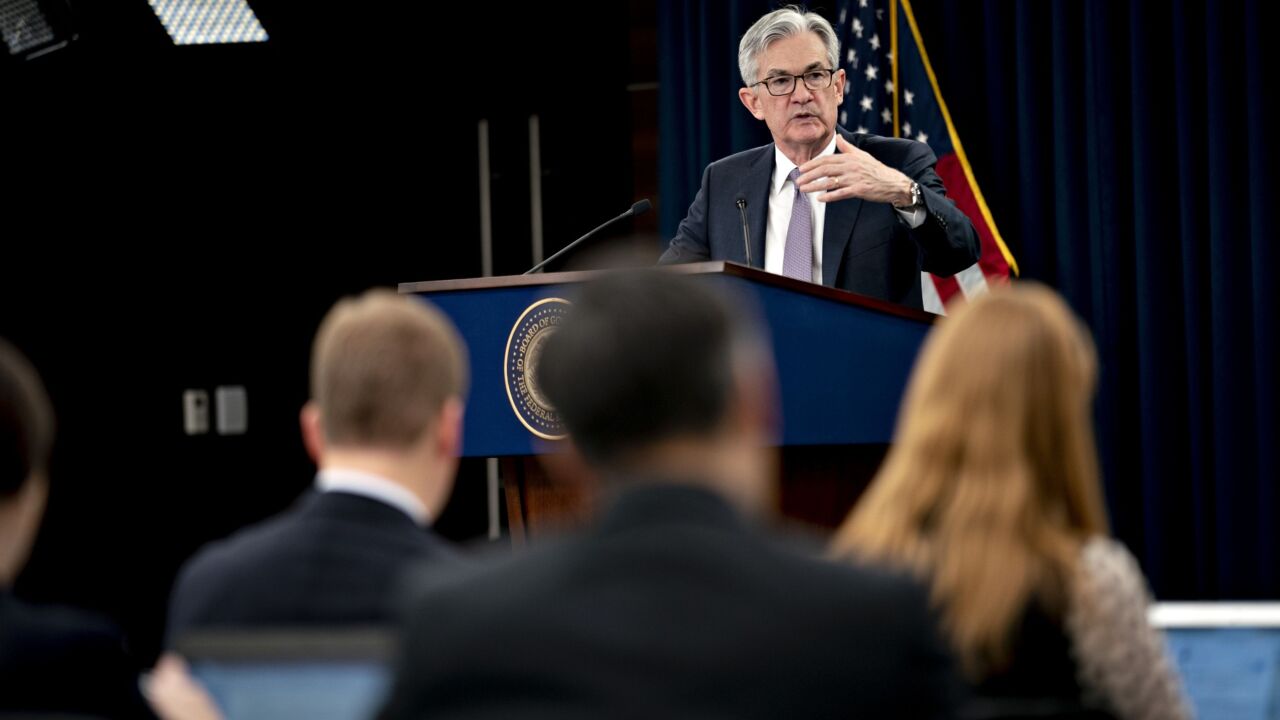The recovery prospects for second-lien holders in residential foreclosures keep looking dicier.
RealtyTrac recently surveyed more than 60% of first-quarter foreclosure activity across the country and found that 63% of the properties in the foreclosure process had a loan-to-value ratio of more than 120%. Of the properties in foreclosure with a loan-to-value ratio of more than 120%, 45.8% had more than one loan, the Irvine, Calif., data firm said.
Since simultaneously originated second-lien loans typically covered 15% to 20% of a property's sales price, the holders of many of these second liens stand to receive nothing in a foreclosure sale.
In better times a short sale would be a way for all parties to cut their losses. The stain on a borrower's credit from a short sale would last two to three years, versus five to seven years after a foreclosure. Lenders also stood to recover substantially more money if they agreed to let the borrower sell the home for less than the amount owed on the mortgage than if they foreclosed.
According to RealtyTrac, properties that are sold while they are still in foreclosure are selling at around 13% below the price of properties not in foreclosure. But once a property goes through the foreclosure process and become bank-owned, the average sales price drops to 36% below that of properties not in foreclosure.
However, with the drop in home prices, the amount of money second-lien holders stand to recover in a short sale is shriveling, and it might make more sense for the lender to just keep the loan alive for as long as possible.
That may be one explanation for the steep drop in short sales. In the fourth quarter, RealtyTrac recorded 54,000 short sales of pre-foreclosure homes — down from 100,000 in a year earlier.




